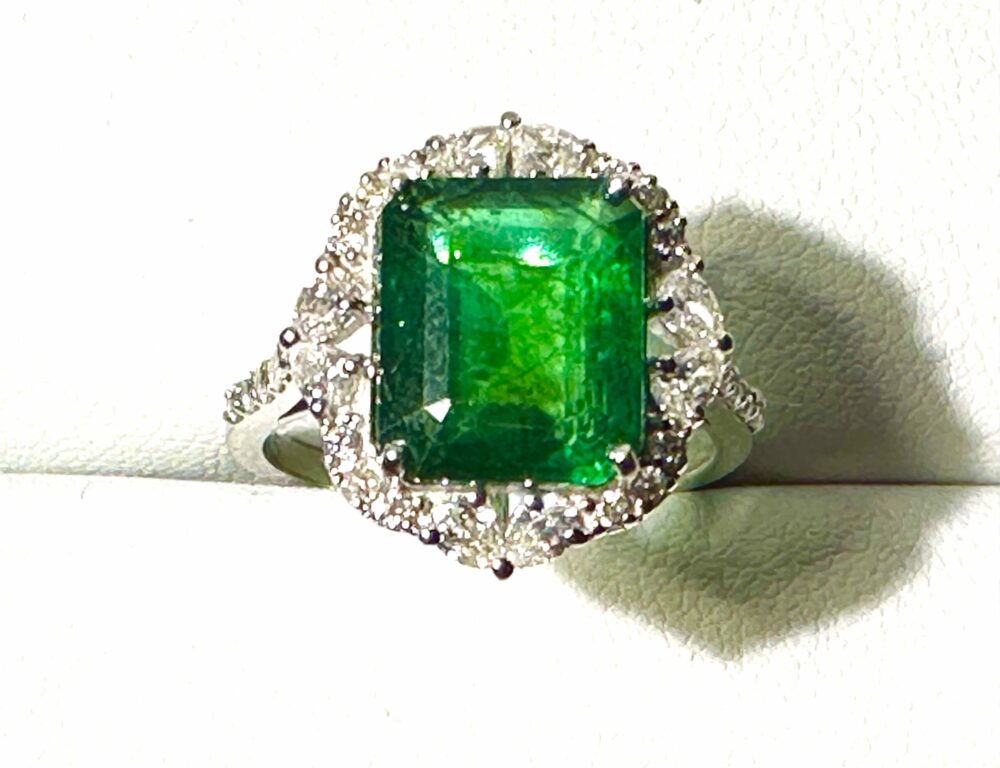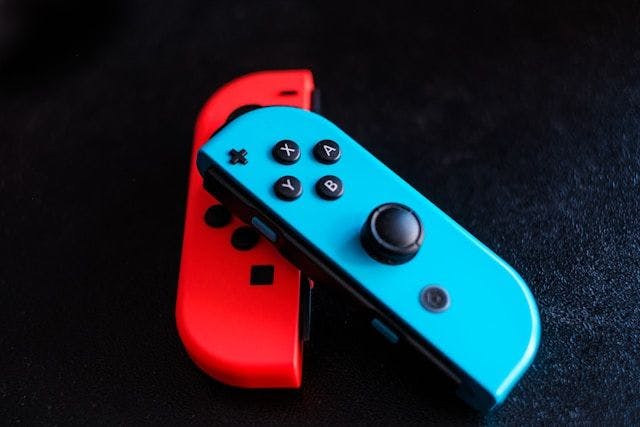While NFTs have been around for years, it wasn’t until Beeple’s $69 million sale––which turned the art industry upside down––that the world is finally paying very close attention to these tokens. There has never been a more official way of tagging digital asset ownership, and now everyone’s trying to get their hands on collectibles that live in the virtual world. With a 1,785% growth in 2021, the consumer demand for NFTs is at an all-time high.
The COVID-19-induced lockdowns have already brought shopping to the online sphere, but now a new technological breakthrough is questioning the relevance of tangible products. What does this trend mean for brands––and in particular, the brick-and-mortar retail industry?
A Breakdown of The NFT Hype
Non-fungible tokens (NFTs) are cryptographically secure tokens created primarily on Ethereum, though more sustainable blockchains are reported to be in production. They’ve been taking the world by storm by offering a means for claiming ownership over digital assets, from music to digital art and memes. By owning an NFT, you essentially hold a unique asset with a value that can’t be interchangeable with others––turning it into a one-of-a-kind file.
Think of it as a Mona Lisa––there’s only one original that exists in the world, despite there being thousands of products with the same print. Regardless, only the original painting sells for considerable value––and that value isn’t driven by consensus, but what the current owner chooses to sell it for––because there’s only one Mona Lisa in the world.
The astronomical rise of NFTs can be attributed to the Ethereum market, which has been doing extremely well as of late, boasting a $2,645 all-time high. More investor interest over Ether (ETH), which fuels most of the industry, means that there are more coins in circulation. And that means more people with ETH spending power––hence the consecutive growth of NFTs.
But Why NFTs?
It’s hard to imagine what could possibly motivate people to spend money on digital files, but it’s really no different from the factors that incite real-world spending. Consumers with virtual hobbies have been fueling online economics for years, resulting in billion-dollar industries in the metaverse––with the most prominent being gaming.
The video game industry can be used as a foundation to understanding how people derive value out of virtual purchases. In 2020 alone, players spent $100 billion on gaming apps––most of which are in-app purchases for free-to-play games. The items are intangible and do not leave the premises of the virtual world, yet people willingly shell out money for them anyway. NFTs follow the same concept but with a higher value proposition of being non-replicable.
Think of them as luxury items with a limited release. Have you ever imagined a world where you could go on an adventure, fully equipped with a limited-edition CHANEL handbag? Or rock a pair of virtual Nike kicks as you fight off against a fire dragon? NFTs are the catalysts to turning this dream into reality.
While the technology is relatively new, blockchain applications are blazing a trail for a fully virtual ecosystem; one that could materialize in the near future if NFTs continue to grow in popularity. Decentraland is already selling virtual real estate. It’s only a matter of time before an entire economy exists within the metaverse.
It All Starts With Aesthetically-Inclined Industries
If there’s one thing different between the metaverse and reality, it’s that conventional rules don’t exist. The digital sphere is a world with very few limitations. There are no complex physics that could possibly bar you from living in a castle in the sky. No engineering restriction would make a super-impractical-looking pair of shoes unusable. The metaverse exists with the premise of upscaled aesthetics––and that means some industries will benefit from the NFT hype more than others.
In particular, the luxury, fashion, and gaming industries stand at the forefront of this innovation. Big names like Gucci have expressed interest in minting NFTs soon, and digital fashion marketplaces like DIGITALAX already exist to bring luxury designs into the gaming niche.
Historically, even dress-up games have been able to scale up with in-game monetization. The likes of Gaia Online and Love Nikki are pretty much dress-up simulators with some added features in-between. But they were able to incentivize the audience to pay real money for mass-produced fashion. If NFTs were put into the equation, every drop would be one-of-a-kind or limited edition, and that’s an even bigger motivation for fans to want to make purchases.
Where Brick-And-Mortar Retail Stands Amid The NFT Wave
In conjunction with empowering niche industries, a spike in demand for virtual products would cause a colossal shift in the job market. There would be a greater need for artists and designers and a smaller demand for manufacturing as people’s interests shift from tangible goods to digital images and 3D renders. There would ultimately be more job openings and security on the creatives and tech front.
Moreover, as consumers grow increasingly aware of minimalism and sustainability, it’s also possible for them to offset the real-life scarcity with virtual maximalism, essentially giving more wins to blockchain technology. While it’s unlikely for the brick-and-mortar retail sector to completely diminish––especially as tech is still scarce in some corners of the world––the industry may significantly scale down. It’s not just NFTs that would cause this shift––online shopping has also been on the rise due to a growing ecommerce industry.
Finally, before NFTs can take off on a global, industry-wide scale, their sustainability issues first need to be addressed with less energy-demanding blockchains. Ethereum isn’t the most earth-friendly network out there. And the growing sustainability sector isn’t going to allow NFTs to grow until a solution has been met.
Until then, brands can observe the business models that brought success to Sorare and CryptoKitties, which adopted the tokenization of game assets early on, bringing in huge revenue and a framework for others to follow.










